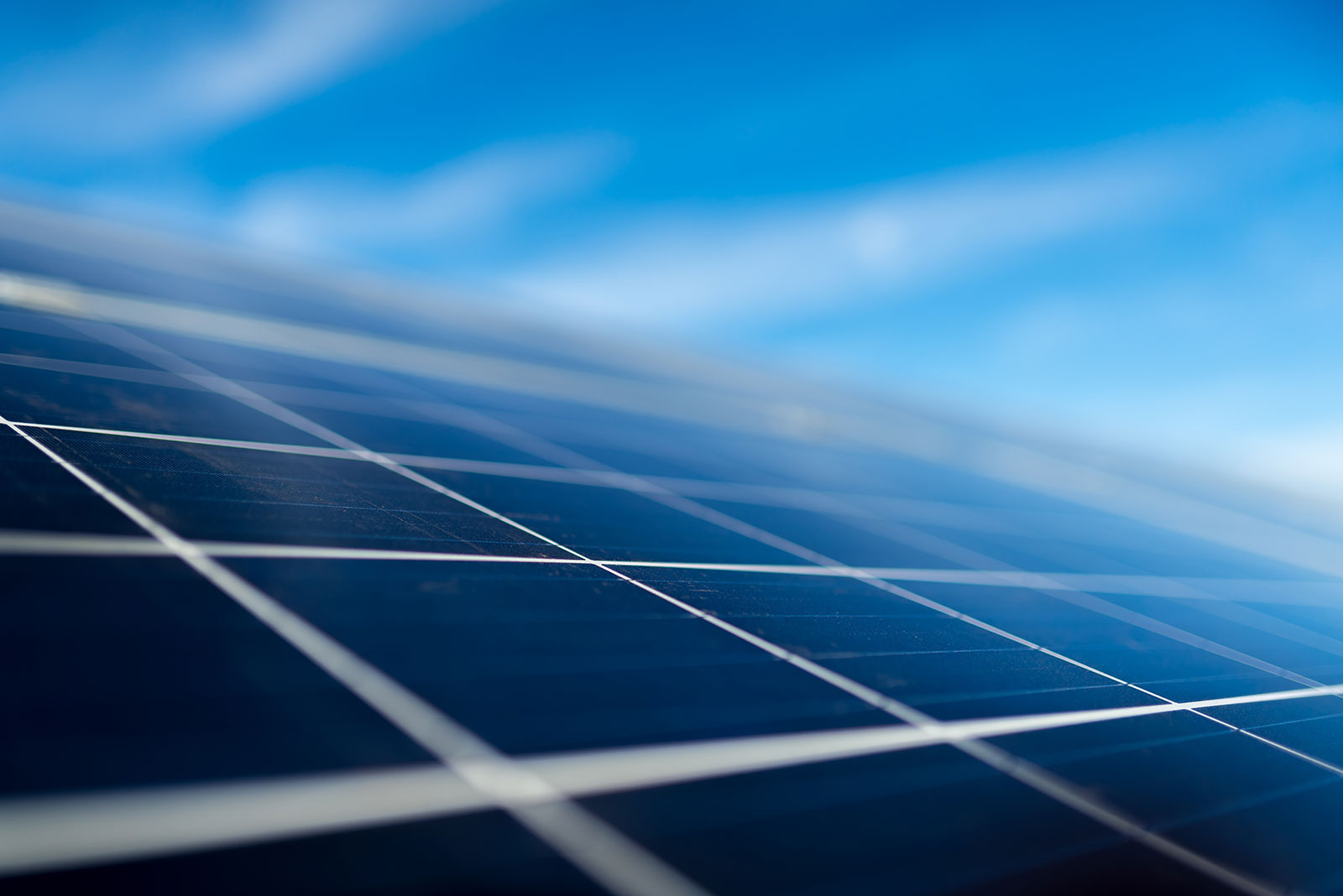Accelerating a fair energy transition
Badar Khan, President, National Grid USA
It’s no secret that the clean energy transition will be expensive.
New power lines that interconnect offshore wind, storage systems that complement solar and other distributed energy sources, electric vehicle charging stations, and reimagined heating technologies are just a few of the investments we will need to make. Compounding this ever-rising price tag is the fact that we must simultaneously build more resilient energy systems. This is because extreme weather – brought on by a changing climate – is placing increasingly extreme pressure on our infrastructure.
Who foots the bill and how are common questions as we tackle the climate crisis. Mobilizing finance, one of COP26’s four goals, is a key avenue to mobilizing change, and we will be seeing a lot of it in the coming years.
Energy companies have a responsibility to deliver an equitable energy transition.
Given these costs, we need to make sure we don’t burden our customers with unaffordable energy bills. The benefits of the clean energy transition need to be accessible to everyone, regardless of an individual’s ability to pay. Many energy companies, like National Grid, are grappling with this challenge. At National Grid, we serve 20 million people in the Northeastern United States where our customers and communities are socioeconomically diverse.
Regardless of who you are and where you live, having clean air and water are fundamental rights. Energy companies have an opportunity to improve the quality of and access to these essentials as we build clean energy systems in our communities, and we have a responsibility to do so equitably.
At the intersection of individuals’ and system needs are opportunities to create equitable solutions.
Clean transportation is one area where we are creating fair solutions. Personal income shouldn’t dictate whether someone has access to the benefits of electric transportation like cleaner air. Our organization has worked hard to ensure that the advantages of clean transportation are distributed fairly among our communities. About half of the charging ports we have deployed across our service territory are in vulnerable communities. We are also installing utility pole-mounted chargers so that customers without driveways can access electric vehicle charging. For those without personal vehicles, we’ve been working to put more electric buses on the road by collaborating with school districts and municipalities. In the city of Beverly, MA, our electric school bus project delivers stored energy back to the grid to help meet peak energy demand. Not only does this reduce local emissions and strengthen the grid through this program, but participants also receive a financial incentive.
Another area where we are focused on finding equitable solutions is in the clean energy workforce. At our company, we’ve developed the Grid for Good program, where we provide workplace experiences for individuals in our local communities such as mentoring programs and internships. Participants receive professional development, while our organization receives a pipeline of local professionals who we can hire into permanent jobs. With a focus on traditionally underrepresented communities, we’ve found a way to not only help meet the needs of our communities, but also meet the needs of our organization as we work to address climate change with a workforce equipped with new skills and experiences.
Across New England, we’re seeing countless examples of organizations taking responsibility for delivering equitable outcomes through this energy transition. One great example is the latest Massachusetts offshore wind proposal evaluations. For the first time, bidders will be evaluated, in part, based on their plans to create and foster employment and economic development opportunities for underserved communities. Similarly, programs like Ascend Long Island, which our company invests in, helps diverse, local entrepreneurs develop skills and generate capital needed to win contracts for energy efficiency projects.
It’s through strategic and creative approaches like these – ones in which organizations find ways to meet the needs both of communities and of the energy system together – that we can innovate to deliver outcomes that work for everyone.
At COP26, we will be continuing the conversation on equity and access for all. We must make significant commitments to a fair, clean energy transition.
We have a long road ahead to net zero, but we have an opportunity before us to address the climate crisis and ensure accessible, meaningful benefits to everyone in the communities we serve.
This article was originally posted on National Grid’s LinkedIn channel >
We Mean Business Coalition is calling for bold climate leadership at COP26. Find out more here >
National Grid are a Gold Sponsor of the Business Pavilion for Climate Leadership at COP26 >

